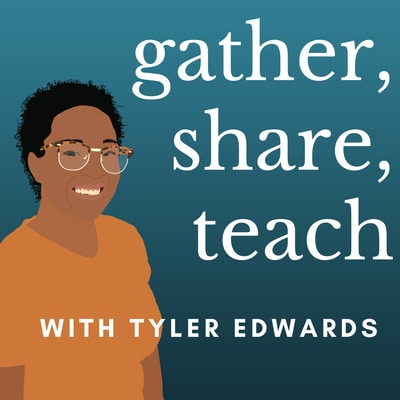By Tyler Edwards
August 10, 2020

I planned to spend my summer doing field work. Instead, I launched a podcast.
“We all start off in science doing something completely ridiculous and impossible to explain to our parents,” Dr. Emily Bernhardt told me at the end of the first of many Zoom interviews I had over the course of the past ten weeks.
Inspired, I decided to record myself attempting to explain my current research project to my parents. In the past year, as a member of Emily’s lab, I have counted tens of thousands of dead flies in order to examine the impact of stream chemistry on the aquatic insects of Hubbard Brook. Because of quarantine, boxes of these dead insects are now being stored in a makeshift lab in my parents’ basement. Reasonably, they have many questions about my job.
Recording that episode was the first time I have sat down with them and tried to explain how the project works without using jargon like “macroinvertebrate” and “EPT index,” words that I didn’t understand myself a year ago. Doing so forced me to think about why ecology is important and why non-scientists should care about it.
Through Gather, Share, Teach, I hope to illuminate the specific importance of the Hubbard Brook Water Record in an easily understandable and engaging way by capitalizing on the storytelling abilities of the people who help create and maintain it. This dataset is one of the longest continuous stream chemistry and precipitation records in the world—researchers at Hubbard Brook from the US Forest Service and other institutions across the country have been collecting samples since 1963.
The project is sponsored through a partnership between Duke University, where I am a rising junior, and the National Science Foundation’s Research Experience for Undergraduates program. I was initially supposed to be using the grant to support my first field season at Hubbard Brook; instead, I am putting my passion for science communication, and the skills I have learned from classes with the Duke Initiative for Science & Society, to work.
In each of the ten interviews I conducted, one of my first questions was, “how do you explain the work you do to your parents?” In response, Dr. Gene Likens, one of the co-founders of the Hubbard Brook Ecosystem Study and the Water Record, told me of his mother’s curiosity and love for science, despite the fact that societal norms prevented her from pursuing a college education in the early 1900s. Hearing his personal stories about the discovery of acid rain in North America and the founding of the Water Record, which included analyzing chemistry in motel bathrooms and holding a bucket out of the window of a plane, was truly one of the highlights of my summer.
Looking back on how I have grown and how this project has developed, I am nearly overwhelmed by how much I have learned. Directing a conversation over Zoom presented many new challenges, and in a normal year, I would have been able to meet most of these people in person. Nonetheless, I treasure the time spent with the researchers, field technicians, students, and science communicators whose dedication and pride keep the Water Record alive. I am so honored to have been able to capture their experiences in this way.
At its core, this project is about storytelling—specifically, illuminating the parts of the research process that don’t make it into journals or even into science news. Every scientific project is the result of people fascinated by our world paying close attention and asking questions. It is an intensely creative process that involves tenacity and problem solving at every step and is fueled by passion. I hope that everyone who listens better recognizes that scientists are curious, imperfect, and hopeful human beings just like everyone else, especially during this time when the whole world is depending on them.
I would like to give thanks to everyone I interviewed. For those I have not yet included in podcast episodes, I have shared something I learned about them from this process. At the bottom of the article is a list of everyone I spoke to. There are four episodes available now on Spotify and Google Podcasts, and I hope to release more in the future. Stay tuned!
Interviewees:
Ep 1- Ted and Tiffany Edwards
Ep 2- Dr. Gene Likens
Ep 3- Ian Halm and Tammy Wooster
Ep 4- Audrey Thellman, Victoria Martinez Mercado, John Campbell, and Mike Vlah
Unreleased:
Anthea Lavallee- Has kept “a variety of dead monkeys” in her home freezer in the past
Charley Driscoll - Argued with Jeff Sessions after he claimed that most atmospheric mercury comes from volcanoes
Clara Chaisson - Wrote at least 372 science news articles during her time as an editor for onEarth magazine and has adorable cats named Gilly and Wodehouse
Emma Rosi - Creates detailed, full-color drawings of wildlife in her spare time
Emily Bernhardt - Enjoys cake decorating and would have become a professional French Horn player if she wasn’t a scientist
Lindsey Rustad - Can recall the hydrological history of Hubbard Brook by listening to the music outputted by the WaterViz
Sarah Garlick - Wrote and co-directed Namuli, “a documentary film about rock climbing, biological discovery, and community-based conservation in Mozambique.” Ended up at Hubbard Brook after swimming with a PI’s family along the Appalachian Trail.
Winsor Lowe - Hopes to learn how to make butter sculptures of salamanders sometime soon
